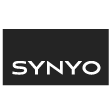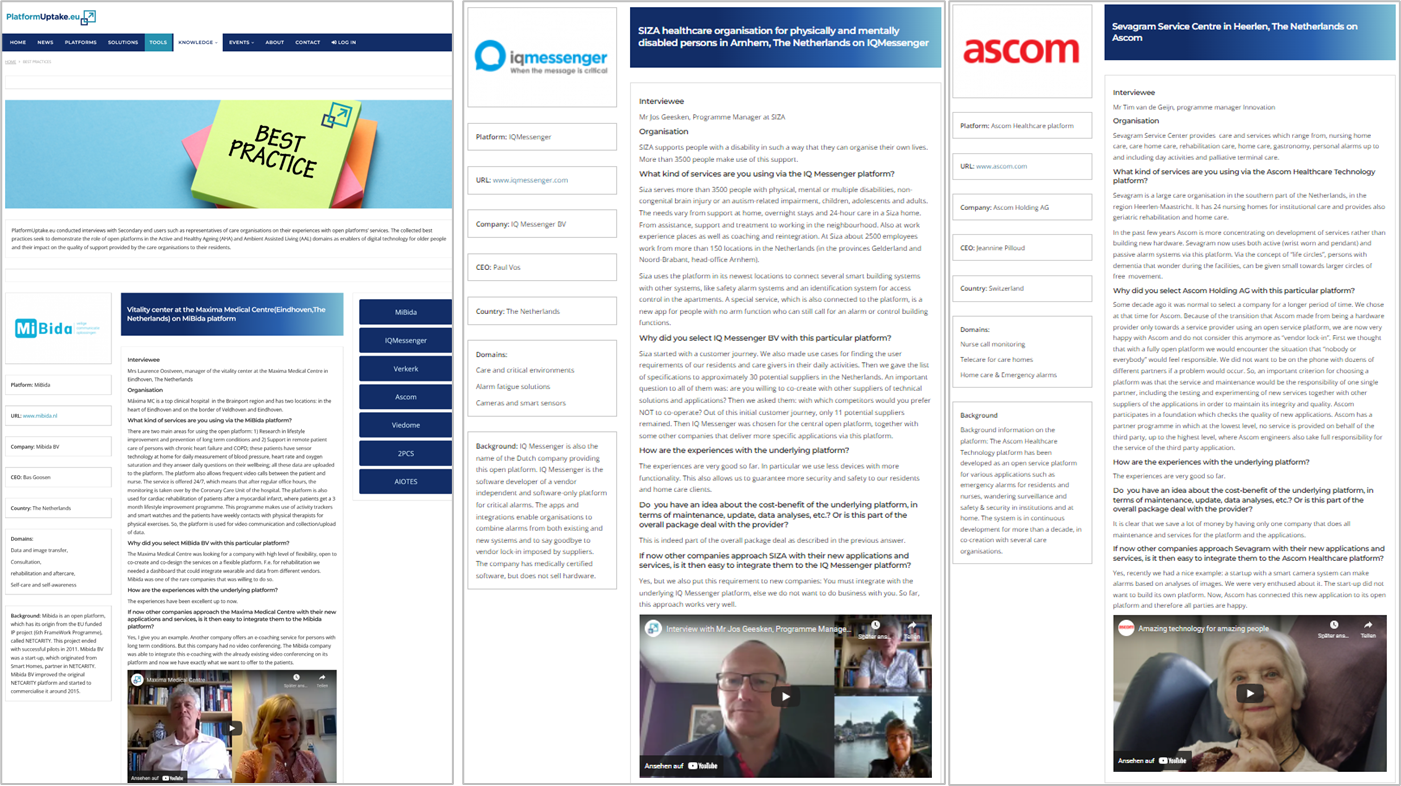 https://www.synyo.com/wp-content/uploads/SYNYO-NEWS-featured-image-NEW01007705EN.png
400
459
leo
https://www.synyo.com/wp-content/uploads/2017/09/synyo-logo.png
leo2025-01-01 10:47:112025-02-10 10:48:51BOND: Outcomes in Advancing Education, Tolerance and Heritage Preservation to combat Antisemitism
https://www.synyo.com/wp-content/uploads/SYNYO-NEWS-featured-image-NEW01007705EN.png
400
459
leo
https://www.synyo.com/wp-content/uploads/2017/09/synyo-logo.png
leo2025-01-01 10:47:112025-02-10 10:48:51BOND: Outcomes in Advancing Education, Tolerance and Heritage Preservation to combat Antisemitism
PlatformUptake.eu: Uptake of open platforms in the AHA and AAL domains
Ageing represents one of the greatest socio-economic challenges of the 21st century. The European Union has devoted a high level of resources to support the creation of a considerable number of open platforms in the Active and Healthy Ageing (AHA) and Ambient Assisted Living (AAL) domains. However their impact in the field as well as potential haven’t been thoroughly analysed yet. Against this background PlatformUptake.eu delivered an inventory of the state of the art and assessed the use of these platforms. It achieved this by creating a set of uptake support tools and materials and is engaging with the project’s key stakeholders via several online and offline activities.
To present the main information on PlatformUptake.eu including access to project reports and promotional materials, the consortium created a project website. This will remain online to ensure that interested entities can find all relevant background information.
To engage with the main audience of the project and collect valuable insights for the analysis of the open platforms’ ecosystem, the consortium created the PlatformUptake.eu Open Information Hub. The Hub aggregates all relevant project findings, in form of documents, articles and reports, video recordings of webinars, lists related projects as well as hosts project webinars and matchmaking events. Hence, it ensures the sustainability of the achieved results and raises awareness of the need for uptake of innovation in the field. The Open Information Hub showcases a collection of open platforms and their related technical, business and contextual aspects of development.
The collection supports decision makers and end-users to get a better understanding of the benefits of open platforms and how they can be integrated into organisational processes. To ensure the further exploitation of the provided insights, the project enables the download of the presented platforms’ profiles and connected information.
Additionally, the Hub hosts a directory of solutions for active and healthy ageing, which are built upon the showcased platforms or exist as standalone. Thus, the project will support older persons, care and healthcare organisations and other decision makers to get a better understanding of products and services that can already be implemented.
PlatformUptake.eu conducted also interviews with experts in the field to collect additional insights on hindrance and success factors for the uptake of open platforms in the AHA and AAL domains as well as best practices to support end users in their decision-making process and promote the interviewed platforms among the members of the project’s community. The video content can be further exploited by organisations to develop more flexible, scalable, interoperable and user-friendly open platforms.
The created MOOC, which aims toward care and healthcare organisations, and policy makers enable learners to build understanding of the use of open platforms as well as to identify and integrate them into work processes. To acknowledge participants for acquiring the knowledge, which is proved through the course, the project developed a digital badge. The badge can be uploaded on social media, thus inducing more participants to complete the MOOC and learn more on PlatformUptake.eu project and its outcomes.
The developed two interoperating Monitoring and Self-evaluation tools support open platform providers and their users in the AHA and AAL domains to self-assess the uptake of the platforms and their progress while developing solutions on top of them. Providers of open platforms can assess how their platforms perform over time and in comparison, to their main competitors in different evaluation areas and perspectives. Users, such as SMEs or start-ups developing technology for active and healthy ageing, can browse through the profiles of registered open platforms, compare them and choose the most suitable ones.
The project managed to gather information on more than 30 implementation sites of open platforms across Europe and integrates it into an interactive platform map. The map helps current and future projects and initiatives in the field tackle purposefully existing gaps and innovation needs. Last, PlatformUptake.eu created recommendations in form of downloadable booklets for decision makers.
Project impacts
PlatformUptake.eu achieved the following impacts: (a) stronger engagement of all ecosystem stakeholders across Europe to utilize their needs and requirements and to ensure the “close to the market” development of solutions for active and healthy ageing; (b) a clearer vision on the technological aspects with respect to the business and contextual dimensions of the open services platforms in the field; (c) successful uptake of open service platforms in the AHA/AAL domains to seize the silver opportunity and realize its vast potential; (d) set the ground for the implementation of relevant policies in the field to alleviate real-life problems and improve quality of life of affected people.
Based on the created support tools and materials on the PlatformUptake.eu Open Information Hub as well as the presented insights into the success and hindrance factors for the uptake of open platforms in the AHA and AAL domains, an increase in development activities between open platform providers and their end users can be expected beyond the project. Moreover, the facilitated knowledge exchange fostered the development of more harmonized and enhanced platforms’ capabilities to better address the end user requirements and needs.
Links
www.platformuptake.eu
Keywords
Open platforms, uptake, project website, Open Information Hub, MOOC, Monitoring and self-evaluation tools, matchmaking, webinars, workshops, implementation sites, solutions
MOOC
To raise awareness on the benefits of open platforms for their Secondary end users (Healthcare organisation, Home care / and community support etc.) as well as the Authorities and facilitators (Public authorities, Social security systems etc.), PlatformUptake.eu developed a MOOC (Massive Open Online Course). The course can be found in section “Knowledge” on the navigation bar on the home page of the Open Information Hub. As such, it is intended to help professionals in healthcare and care organisations, public authorities, health insurance organisations and others interested in the field, also beyond the project, to identify, select and integrate open platforms in their organisations and processes. To ensure its wide use, the project consortium implemented a digital badge as an award for the completion of the course. The digital badge can be uploaded on social media, thus demonstrating the acquired knowledge.
AHA experts voices
The sub-section “AHA experts’ voices” included video interviews with stakeholders in the field of open platforms for active and healthy ageing addressing different aspects in the analysis of the platforms’ development and uptake. Among the respondents were providers of platforms in the AHA and AAL domains (incl. platforms that have been developed as part of EU-funded projects, as well as commercial platforms). The interviews directly addressed the four sets of KPIs which were established by the project. They also provided an overview of the benefits of the platforms for their user groups as well as insights into the challenges of their large-scale uptake. PlatformUptake.eu managed to conduct and create 25 video interviews, which were broadly promoted over the Twitter and YouTube channels of the project.
Best Practices
The sub-section “Best Practices”, which could be also found in section “Knowledge” showcased the experiences of interviewed Secondary end users with open platforms’ services. The presented information would support the uptake of the discussed open platforms and help investors make informed decision and navigate through times of market uncertainty. Moreover, the included best practices provided contextual information that could help organisations in the field such as Secondary end users Authorities and facilitators improve their future project planning processes.
Platforms map
To facilitate a better overview of the implementation and pilot sites of the analysed platforms, and thus support the uptake of their service, the consortium implemented a “Platforms map”, which could be found on the Open Information Hub under the “Knowledge” section. As an interactive map it offered an overview of the outreach of project activities in terms of testing and validation of platforms’ services. It also provided a departing point for any future networking or development activities in the field. The extension of the database connected to the interactive map would be facilitated via an input form which was designed by SYNYO as responsible for the maintenance of the Open Information Hub beyond the funding project. The database of the map included more than 30 implementation sites and had the potential to grow after the project’s end.
To tackle the restrictions due to the COVID-19 pandemic, the consortium conducted virtual end user events to reach stakeholders not involved with the services of existing open platforms before, and draw their attention to the project awareness raising and support materials. These actions were planned and executed by taking into consideration the variety of communication channels and target groups. Based on the excellent collaboration between the partners and their active engagement with external stakeholders the project managed to organise and conduct several very successful end user events, including 9 webinars and matchmaking events, more than 75 virtual consultations with stakeholders from the ecosystem of open platforms for AHA and AAL.
Recommendations and guidelines
To identify potential gaps in the field, the project elaborated how the current state of the art meets existing needs and requirements. As a result, PlatformUptake.eu established guidelines to support the evolution of open platforms in the AHA and AAL domains. These supporting materials are uploaded on the Hub in a form of downloadable booklets, which were freely accessible to interested organisations. The consortium would disseminate its content among the members of related networks and organisations via the project’s communication channels.







